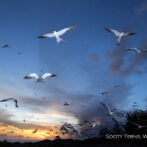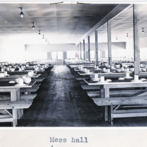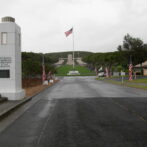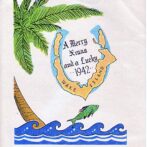Wake Island Birds
Wake’s human population may be small these days, but the neighborhoods are full to bursting with birds (see video link below!). The remote, isolated atoll has hosted a wide variety of migratory and resident seabirds for time out of mind. The ravages of the WWII Japanese occupation and postwar feral cat predation left indelible marks, but researchers are encouraged by signs of robust recovery across the atoll. During my visit to Wake in the fall...
Read More




